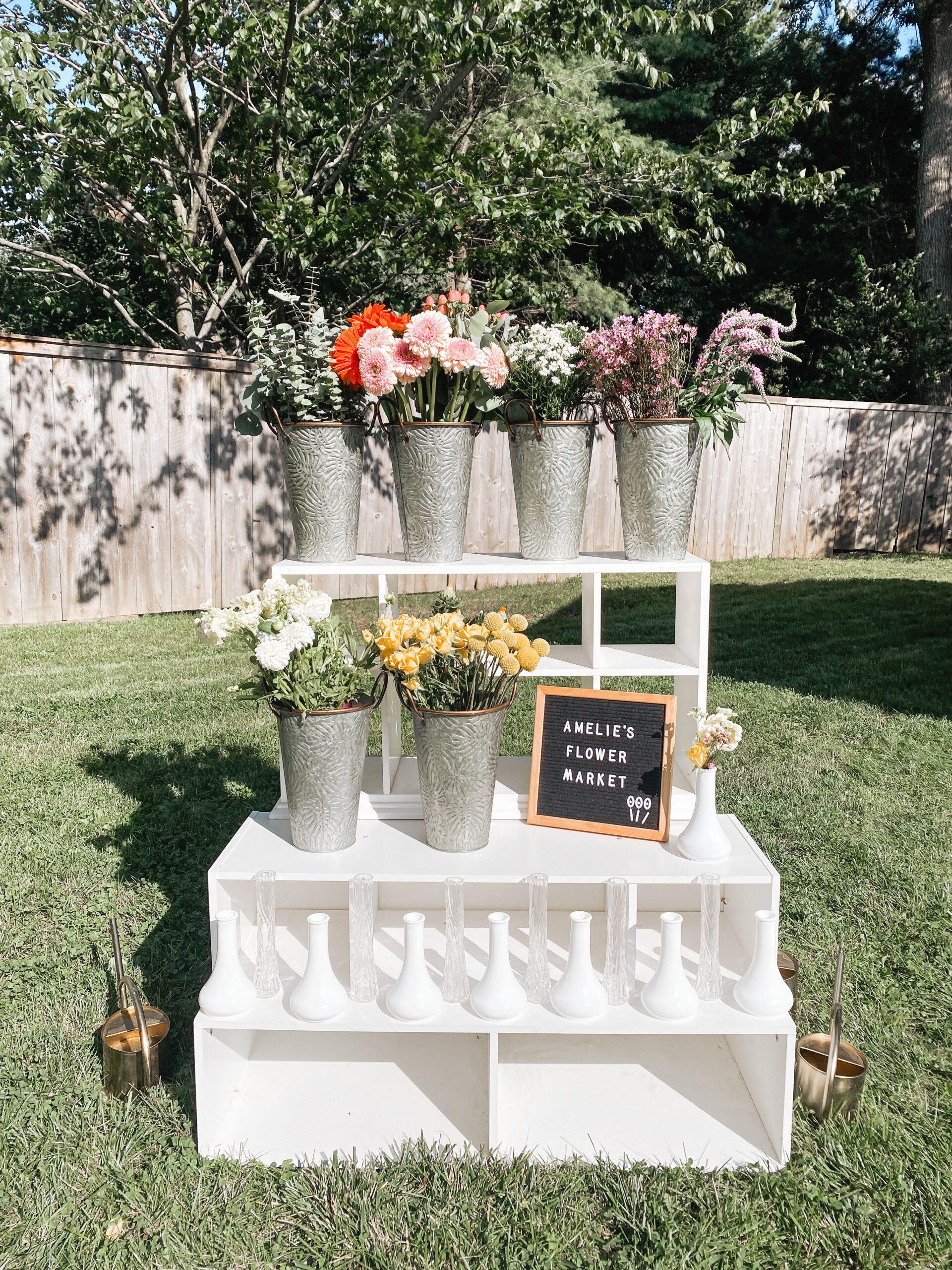 A few months ago I shared a post about my struggles with anorexia. And I received such overwhelming support as a result. It can be challenging to divulge such personal, emotionally-charged details; yet, the thought of sparking conversation or offering an outlet where others can relate gives me great joy. So today I wanted to open up about another silent battle in my life and offer 5 tips to quiet anxiety. Please know these are personal experiences and I don’t intend to make medical assumptions.
A few months ago I shared a post about my struggles with anorexia. And I received such overwhelming support as a result. It can be challenging to divulge such personal, emotionally-charged details; yet, the thought of sparking conversation or offering an outlet where others can relate gives me great joy. So today I wanted to open up about another silent battle in my life and offer 5 tips to quiet anxiety. Please know these are personal experiences and I don’t intend to make medical assumptions.
It’s often a misunderstood term that makes you sound like some Nervous Nellie or Petrified Pete. When, in reality, it’s an underlying chronic state. For example, E is far more cautious than I. He calculates outcomes, thinks through every possible angle, and carefully comes to action. On the other hand, I am a bit more free-spirited. I’ll tend to be impulsive and therefore not consider the negative impacts of an action. But, ultimately, those differences in personality don’t bear any reflection on the presence of anxiety.
Similar to how I approached anorexia, anxiety occurs on a spectrum. Some days it means a general uneasiness, like a dark cloud over everything. Other times it manifests in a panic attack where the brain runs rampant on jarring, disorienting thoughts. But no matter how it comes to the surface, I’ve identified five things that help to quiet my anxiety.
- recognize: I first have to admit that the anxiety or unrest exists. If I try to brush it off or temporarily distract, so often it stays just under the surface. That lack of recognition doesn’t make it go away. On the contrary, it usually heightens the challenge later on. So I make a mental check to decipher when I’m legitimately nervous about a particular situation versus my mind taking over with unhealthy generalizations. If my thoughts run wild and I can’t pinpoint an exact thing making me uneasy, that’s my anxiety taking over.
- reign it in: This part can often feel like I’m trying to stop a runaway train with only my pinky finger. But it’s a critical step. I have to slow down the influx of thoughts. Even if they don’t go away completely, I try to follow one from start to finish. It acts like a ‘mind dam’ to control the flow.
- relax: I once had someone create a meditation recording for me and that’s been my saving grace. Similar to yoga exercises, it’s a session of concentration and controlled breathing. While I don’t often listen to it anymore, the principles help in any anxious situation. It forces my mind to focus on my body instead of uneasy thoughts. So I pull myself away from any distractions, take deep breaths, and consciously relax each muscle group.
- redirect: This is my time to ‘get back on the horse.’ Once I’m re-centered from reigning it in + relaxing, I set myself to the next task. It helps me to feel some sort of direction–like the healthy version of a distraction. That way my mind is occupied and not easily going to slip back into bad patterns.
- review: Finally, once I’ve gained a bit of distance from that bout of anxiety, I want to do a post-mortem. It’s helpful to understand what, if anything, sparked my mental state. There isn’t always a cause (that’s the curse of anxiety). But if I can learn anything from stress levels or sleep patterns or even eating habits, I want to evaluate and work on changes.
Do you have any additional methods of calming anxiety or maintaining a healthy mental state?






